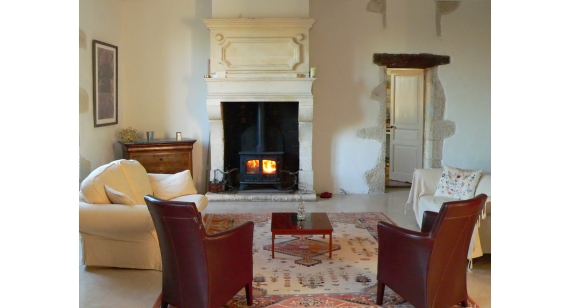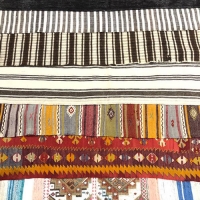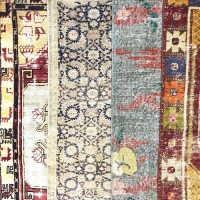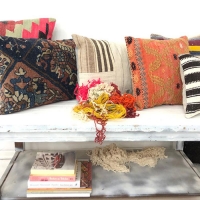
History in The Rug
History in the rug is almost as old as the history of humanity. The history of carpet and rug weaving is based on the beginning of the creation of vital spaces, though primitive. The very old-time determinations reveal many traces of textiles and rug. For example, in the cave walls of the people living in the cave walls of the warp threads tied, stretched stone holes to the present day of weaving and recalls that used before. The history of such an ancient art dates back to ancient times. It is a traditional exhibition which is quite popular today.
It is known that in history people use various methods to cover the needs of cover and beam in the laying of Kiyuz houses. In order to meet this requirement, it is stated in many sources that wool yarns are brought into various shapes in the storage and transportation of containers and goods.
In order to meet the requirements, wool yarns were first passed through a lower one and rugs were made first. After the rugs were made and used, short wool yarns were knotted between these yarns.
These products, especially rugs and carpets, were given various names. In terms of past usage of rug expression, it is used with words such as gelim-kelim. There are many academics who argue that the origin comes from various languages.
In the old texts, the rugs that are laid on the ground and the dervish robes are found. Since the plain weaving seams are not as durable as the carpet and wear out quickly, old samples cannot be reached today.
It is not possible to find artifacts that can explain the history of flat weaving art. So it seems a little difficult to go into even more historical depth. Nevertheless, many researchers have been able to get good results. For example, a variety of artifacts were found in a tomb in the outskirts of Altay Mountains. History of these works It is seen that it reached until the V. Century. It is also reported in many studies that this period is a known oldest knotted carpet.
Sometimes, in addition to traditional and historical carpets, felt and flat weave pieces were found. These artifacts were removed from the graves and exhibited in certain places. With the freezing of the water has survived to the present day. All this shows us that the plain weave is a weaving of Central Asian origin.



